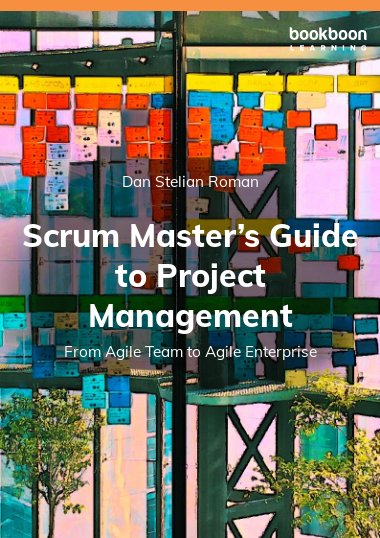Still perceived as a promotion from developer to a managerial level, the Scrum Master has dangerously morphed in a Technical Subject Expert that can (and in some organization should) replace Project Managers. Project Manager is the natural progression path for a Scrum Master, but is not as easy as attending a few days Training course.This book is an attempt to explain the differences between Scrum Master and Project Manager and help Scrum Masters aspiring to become Project Managers to take an informed decision.
About the Author
Dan is an experienced Project Manager with over 35 years commercial experience. He started his career as a specialist in Computer Aided Design and Manufacturing (CAD/CAM) following his involvement in research during university studies. After a successful career in research when he also published articles and books on various topics, mainly Computer Aided Design & Manufacturing and Computer Graphics he managed large development teams and then moved to Project Management and is now specialized in Business Transformations Projects.


